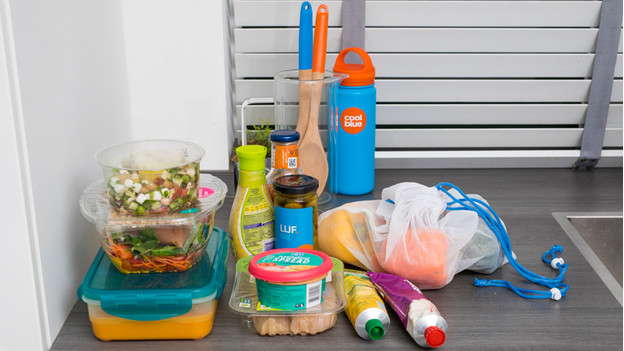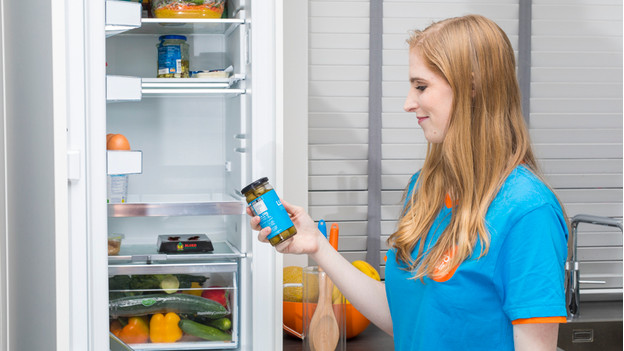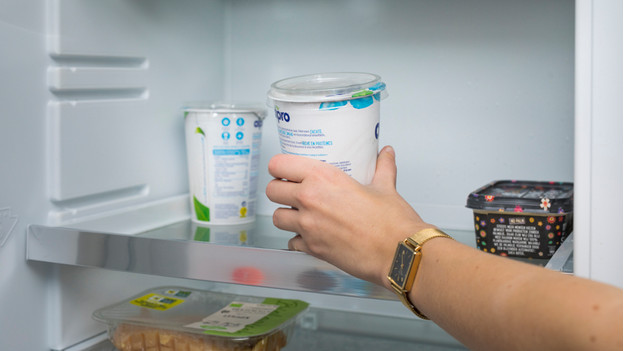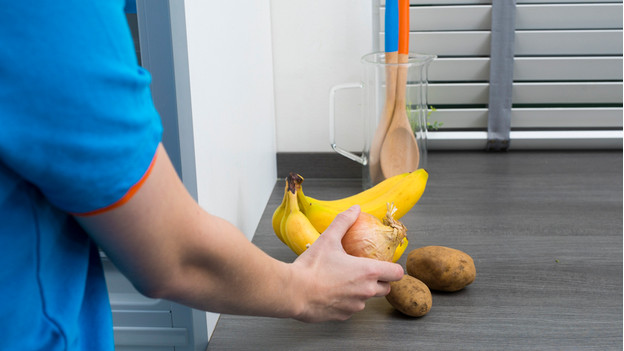
What can and can't go in the fridge?
Get started with your fridge

Before you fill your fridge with fresh groceries, we'll give you 3 tips about what you can and can't store in your fridge.
- Tip 1: recognize the difference between 'keep cool' and 'keep refrigerated'
- Tip 2: know what to store in the fridge
- Tip 3: know what you don't store in the fridge
Tip 1: keep cool or keep refrigerated

You can read the storage advice on the packaging of food. Keep in mind that 'keep cool' means something different than 'keep refrigerated'. If it says 'keep refrigerated', you have to put the product in the fridge. If it says 'keep cool', you have have to place it somewhere between 12 and 15°C, like the pantry.
Tip 2: you can store this in the fridge

You can store these products in your fridge, so they stay fresh longer.
- Dairy, meat, and fish
- Leafy greens, like salad, spinach, and endive
- Cabbages, like cauliflower, broccoli, and Brussel sprouts
- Leek and celery
- Diced vegetables
- Soft fruit like pears, peaches, kiwis, grapes, and berries
- Apples
Tip 3: you can't store this in the fridge

These products don't respond well to cold, so it's better to store them in a cool spot outside the fridge.
- Tropical fruits like pineapple, mango, melon, banana, and citrus fruits
- Fruit vegetables, like tomatoes, eggplant, cucumber, peppers, and avocados
- Winter vegetables, like carrot, celery root, pumpkin, rutabaga, and curly kale
- Condiments with many artificial preservatives like ketchup, soy sauce, and sambal
- Potatoes, garlic, and onions
- Bread
- Basil


